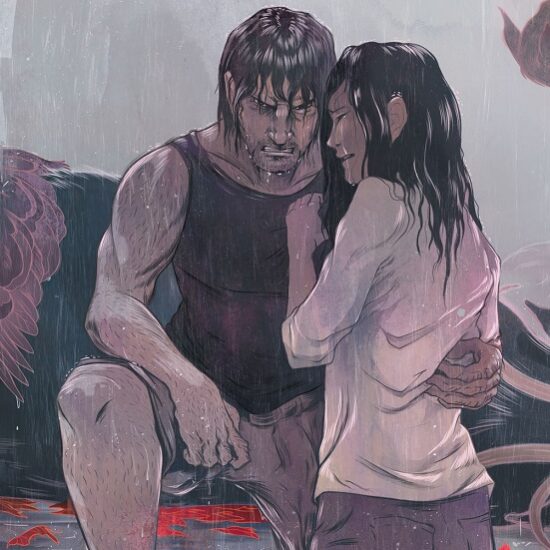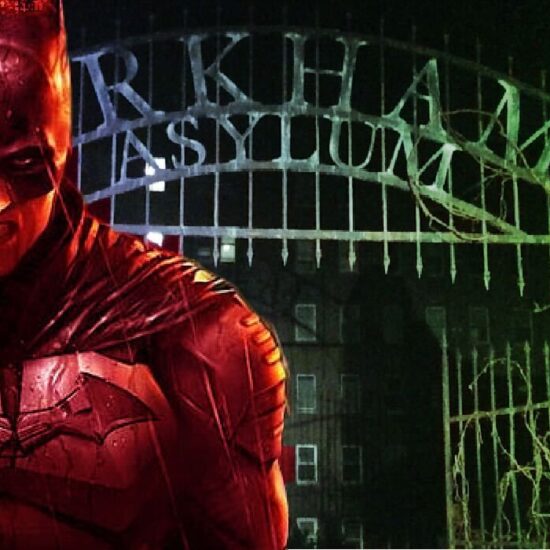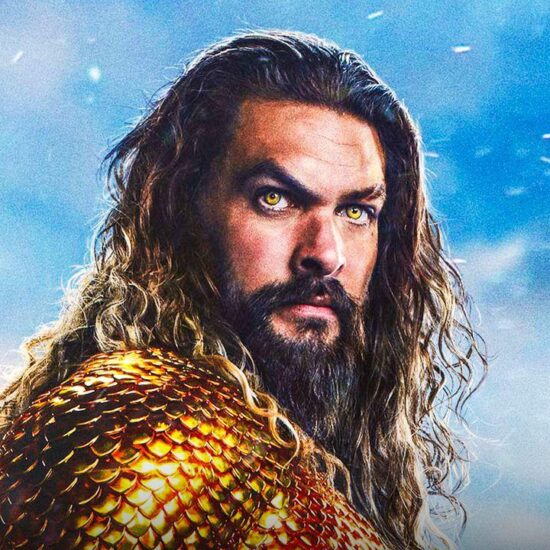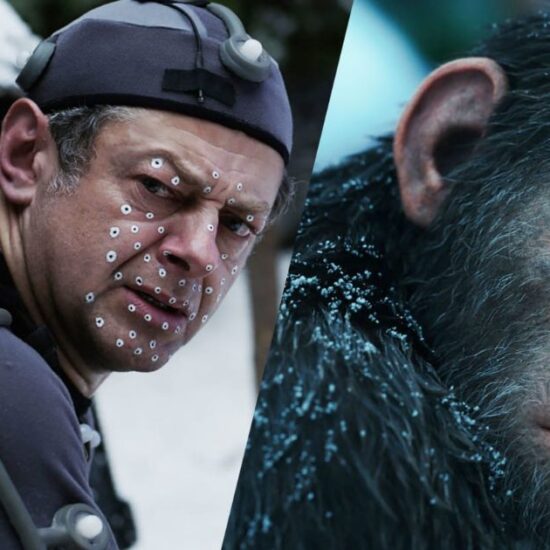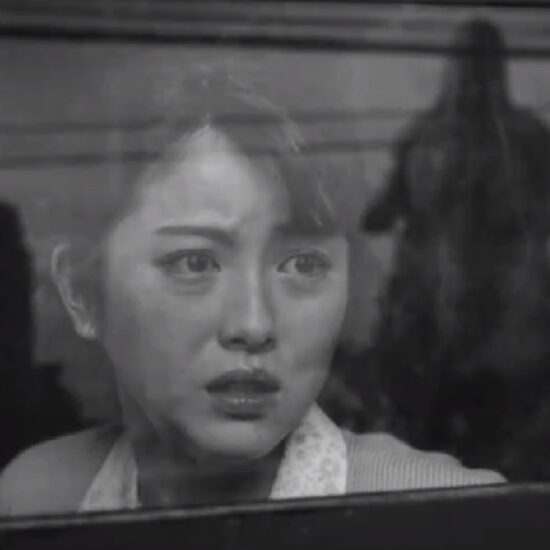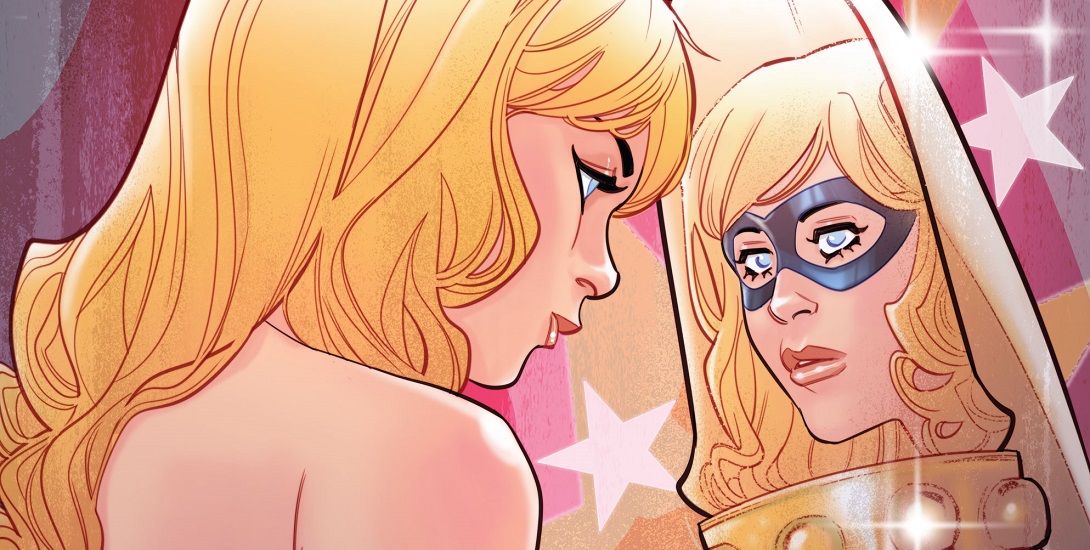
228
Review: Stargirl: The Lost Children #5
[Editor’s Note: This review may contain spoilers]
Writer: Geoff Johns
Art: Todd Nauck
Colors: Matt Herms
Letters: Rob Leigh
Reviewed by: Matthew B. Lloyd
Summary
Stargirl and the Lost Children identify the buyer who’s ready to take them all away from Childminder. It’s a surprise to Courtney and the plot thickens as the true nature of the buyer’s motivation remains hidden.
Positives
Throughout the first four issues of this mini-series, Todd Nauck has done a, dare I say it, “stellar” job, on the art. Last issue, it was the remarkable cover that stood out, and this issue it’s consistency that presents itself. Pages 2-3 feature a double page spread that not only depicts an action packed confrontation, but a full line up of all the Lost Children. With the newly added Courtney and Emiko, it’s a staggering 27 characters seeking escape from “Orphan Island.” It’s amazing, but now that this series is nearly completed there isn’t one of these that doesn’t provide some bit of excitement or interest.
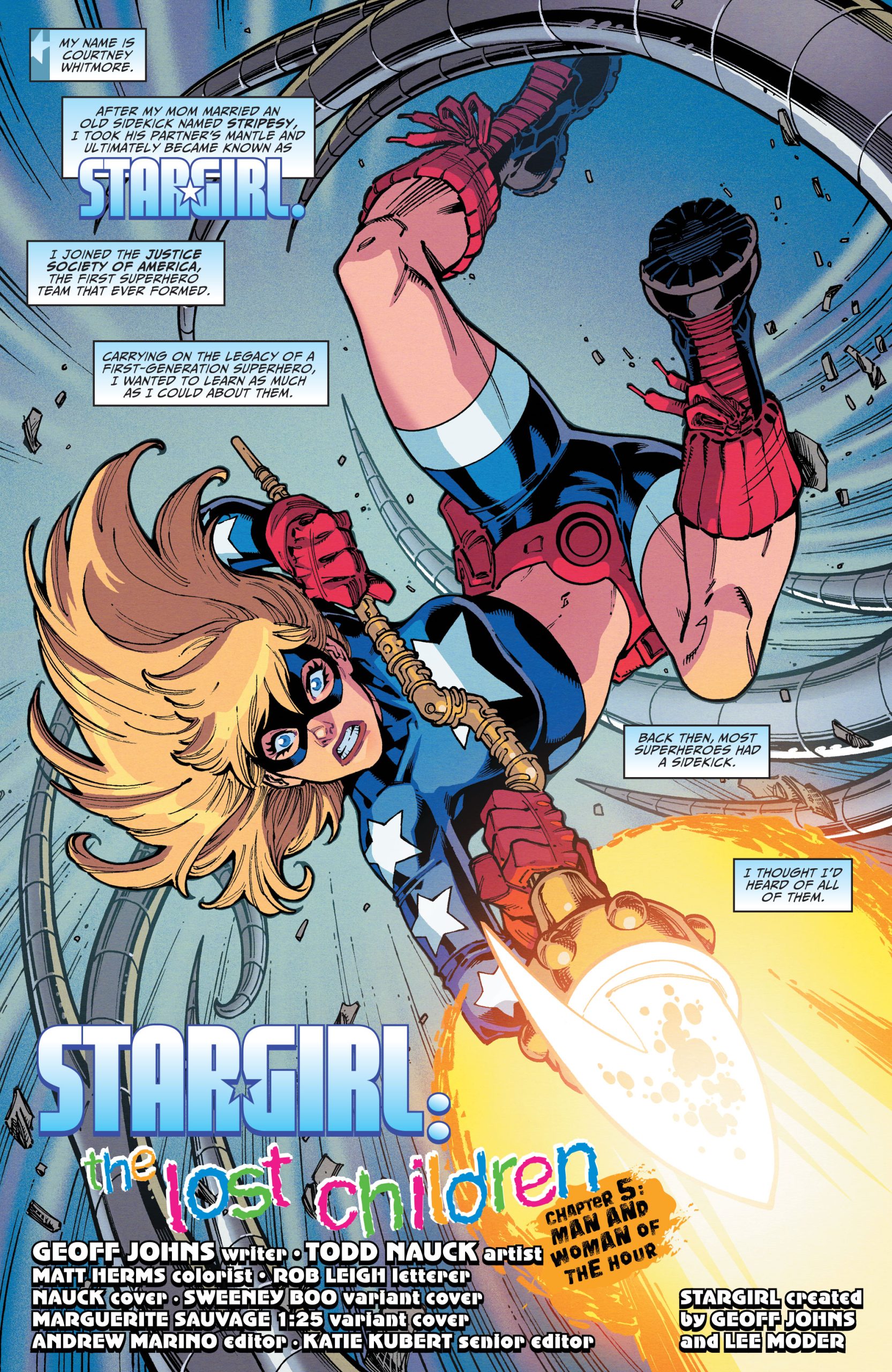
Nauck uses a repetitive layout on a double page spread we’ve seen in each issue of this series. The outside edges of the double pages feature a character in profile on each side looking beyond the edge of the page. This issue, it’s Hourman and Judy “The Boom” Garrick. (see below fore more on Hourman), but it’s been other characters in previous issues. It’s a creative approach to the layout of the page allowing for closeups as well as smaller panels that move the story forward between the two heads. As Nauck has used it in each issue, it’s a storytelling motif that defines the look of this series.
Positives Cont’d
Geoff Johns continues to develop that elusive nostalgia factor into something new that incorporates the past while at the same time being new. In the case of Stargirl: The Lost Children #5, we not only see all of the Lost Children, but a second twist on the appearance of the android Hourman. He was revealed last issue, and apparently a villain this time around. However, the end of this issue when Courtney comes face to face with shows the reader that there’s yet more going on to be discovered. Recently, Johns projects have built on each other with characters and themes from Doomsday Clock resurfacing in Flashpoint Beyond and the snow globe from that series ending up in The New Golden Age and the concurrently running Justice Society of America. The question must be asked, “Will this series lead to something else or just dovetail into the aforementioned JSA series?
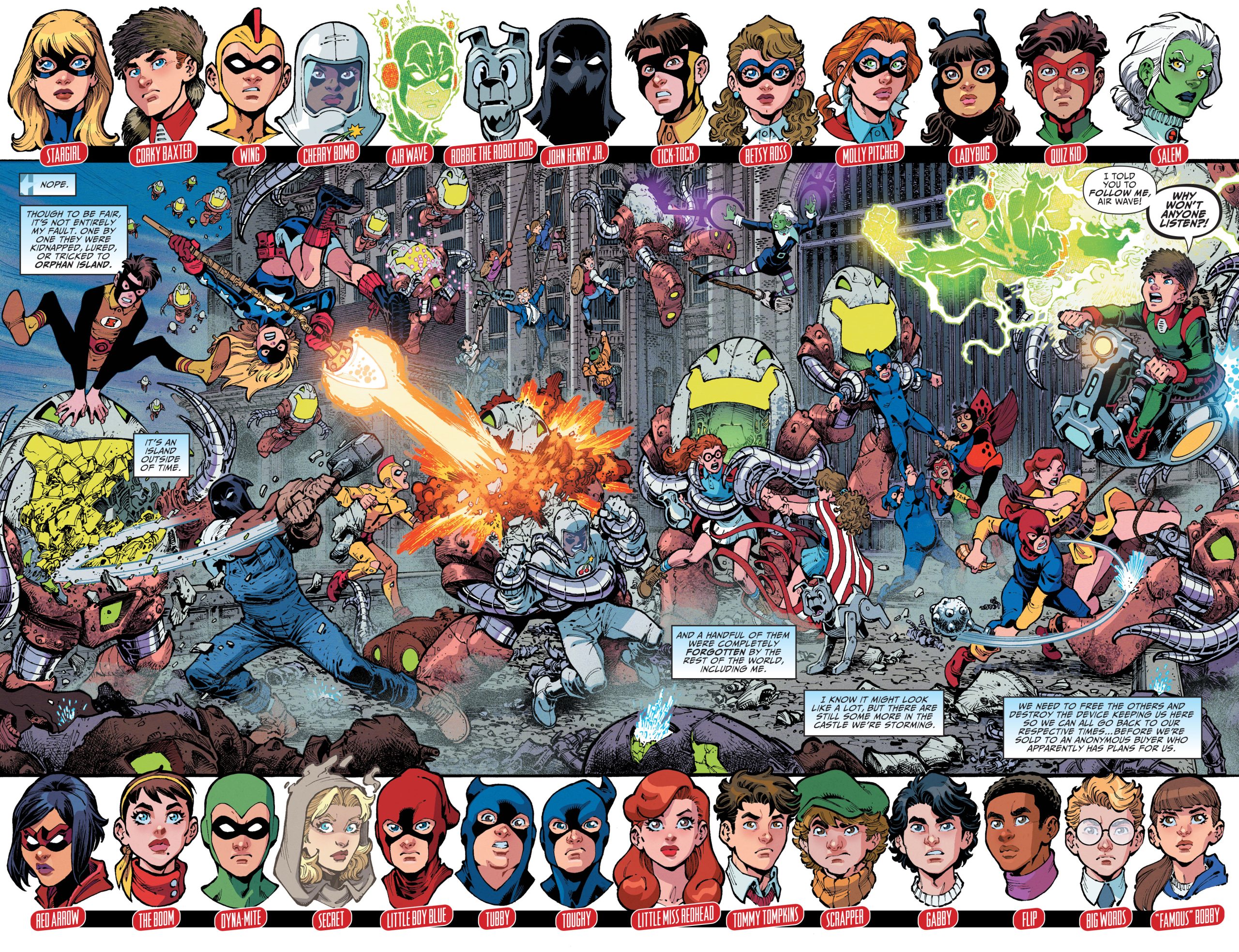
It doesn’t seem too far fetched to think that these Lost Children have been pulled out of time to be saved from a predator. As we’ve seen Helena Wayne in Justice Society of America, there is such a predator out there killing the Justice Society at different points in time. It’s not certain that this is Johns’ endgame, but it is plausible. That predator is Per Degaton, a time traveling villain, and the android Hourman in this series is a time traveler. Additionally, the Lost Children have been pulled out of time. It’s an intriguing prospect which could result in an extremely satisfying climax involving both series.
Negatives
Well, there just isn’t going to be anything significant found in these parts.
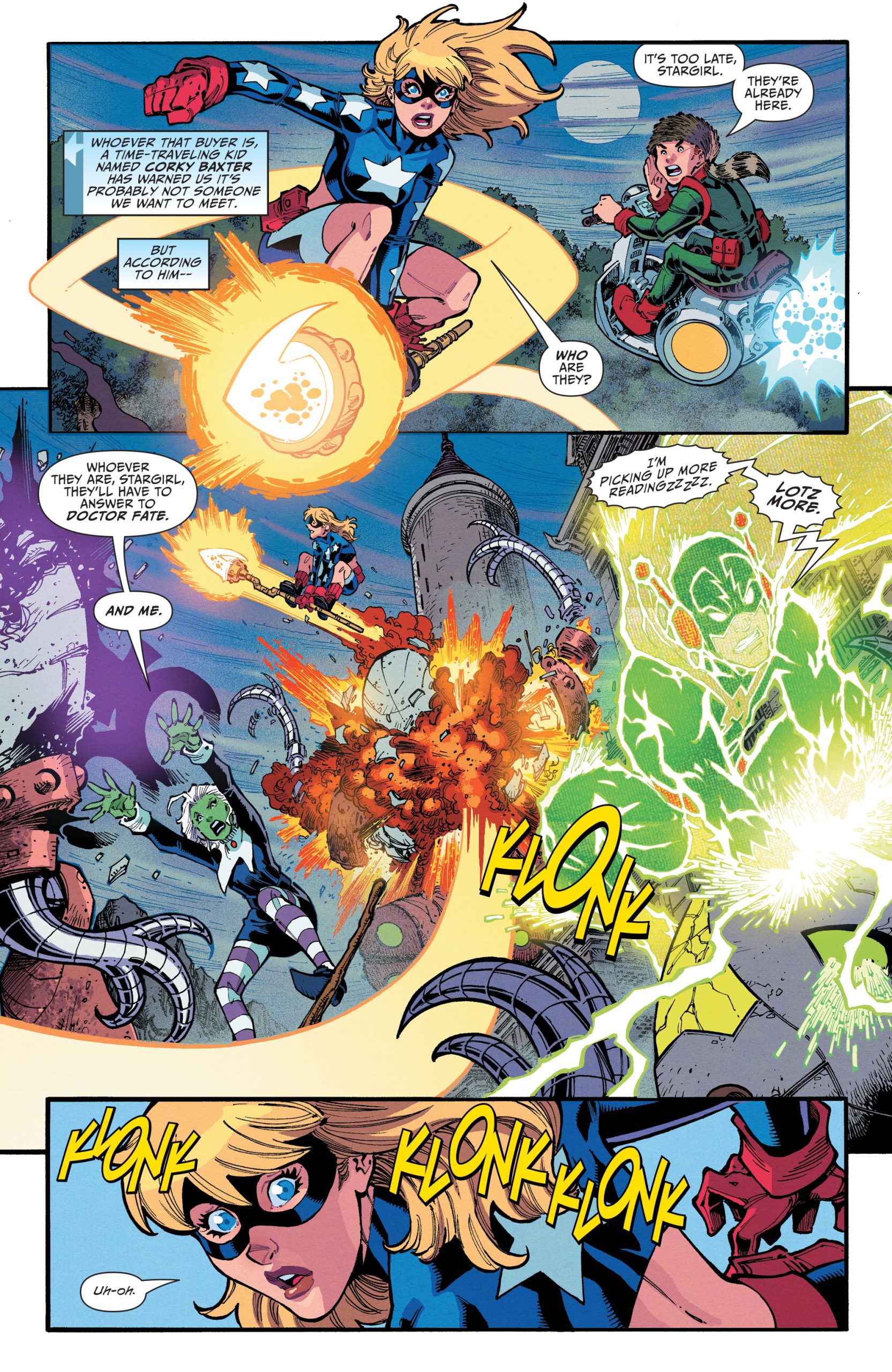
Verdict
As DC Comics advertises the “Dawn of DC” initiative in their comics this month, it feels incongruous with development of the world building in Stargirl: The Lost Children #5. “Dawn of DC” seems to be eschewing the foundations of character development in favor of “new” and “different” approaches. Johns’ corner of the DC Universe continues to embrace its past and legacy. Nightwing appears to fit more along these lines as it reinvigorates The Titans, and certainly Jeremy Adams’ soon-to-end run on The Flash goes right along with what Johns is doing. There’s a clear sense of connecting with the past in Stargirl and Justice Society of America which alone contributes to the sense of character growth and development as well as the exploration of the DC Universe.











